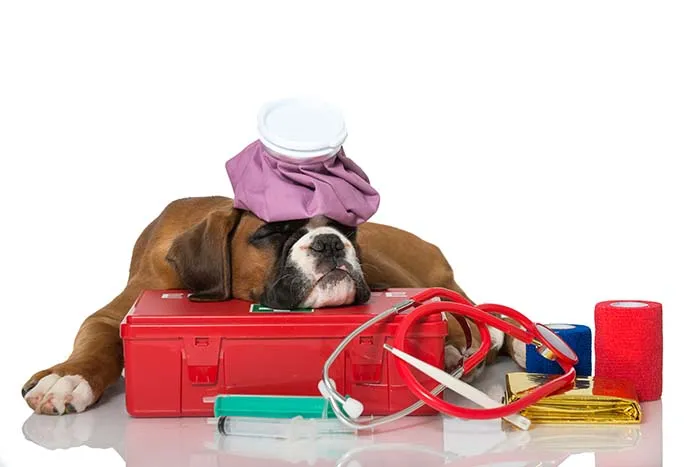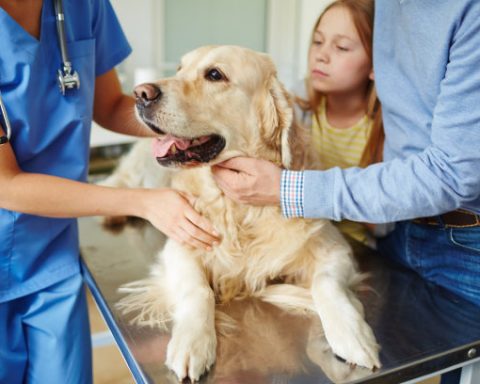It’s great to take your pet out, but what if something happens to it? So you need to learn a little knowledge of pet first aid.
Car accidents
You may have witnessed a car accident or noticed that your dog is visibly injured or limping. At this point, bandage it up if needed to prevent the injury from getting worse. Apply cold compresses and pressure to stop the bleeding where it is evident, but overall make sure your dog is warm and comfortable. Contact your veterinarian immediately for more detailed instructions. Do not leave your dog lying on the ground alone.
Eye Injuries
The manifestation is that one of your dog’s eyes is suddenly very painful or stays open. You need to look carefully for obvious foreign objects, especially glass cuttings, etc., and then carefully get them out of the way, or you can wash his eyes with clean, hot water to flush out the foreign objects. Don’t put your dog in an overly bright environment. Then take it to the vet. If you can’t get to a doctor right away, you can put a few drops of medical olive oil into its eyes as a first aid. Prevent your dog from rubbing its injured eye with its paw or rubbing its eye with something.
Bumped feet
If there is a lot of bleeding, you want to wrap his foot in linen or a cotton wool product and tie it tightly with a bandage, even to create a pressure around the paw. Do not wrap it with elasticized cord or other structural material. Then take it to the veterinary hospital.
Poisoning
There may be a very rapid onset of illness, fainting or muscle spasms. If you see that your dog is swallowing something known to be poisonous, induce him to spit it out by pouring salt water down his throat (one teaspoon of salt to a full glass of water for an average sized dog), or if what he has swallowed is corrosive, give him milk. If your dog has lost consciousness, never try again with these methods. Get to the vet quickly and keep the rest of the poisonous item and its packaging with you.
Do’s and Don’ts of Taking Your Dog to the Vet
Don’t let your dog eat anything if he has to be under anesthesia. When handing your dog over to the veterinarian, it’s a good idea to lay a blanket or old clothes on the floor so that he can lie down on it. Then gently pick up the dog (body then tail) and carry it to the blanket. By doing this, the injured leg or other injured part of the body will not be aggravated.
If he keeps trying to chew on things, gently (but firmly) bind the mouth with a bandage (a collar, leash, or leash will come in handy in this case), tie it tightly under the chin, and tie a live knot at the back of the neck

